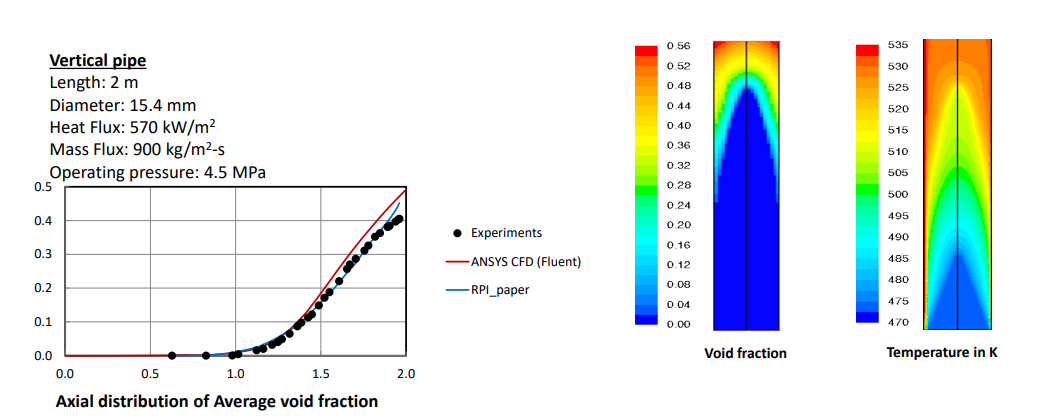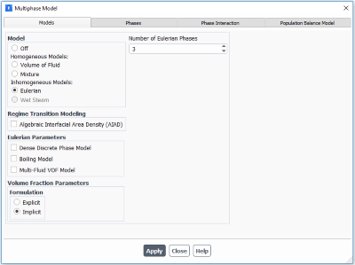This blog aims to demonstrate how Ansys can effectively meet the computational demands of bubble column simulations for gas-liquid equipment. We begin by discussing the engineering obstacles associated with simulating the process, then explore Ansys' remarkable capabilities for resolving these challenges, and finally showcase some compelling example outputs.
Engineering Challenges
When analyzing bubbly flow in gas-liquid systems, engineers are faced with multiple challenges, including flow regime transitions and bubble size distribution. Therefore, special attention should be given to the design of distributors and internal optimization when bubble coalescence and break-up are considered. Ansys offers advanced simulation tools for mass transfer and chemical reactions that provide valuable insights for enhancing the performance of the bubble column flow process. This allows engineers to scale up the process with increased complexity and accuracy in the results.
Ansys Capabilities
Ansys software is equipped with a wide range of models that can effectively simulate gas-liquid flow regimes. These models include transient, multispecies, multiphase, population balance, and AIAD (Artificial Intelligence Assisted Design). Each model serves a specific purpose that can improve the understanding of the dynamics of the processes involved in bubble column simulations. Engineers can also use these power simulation tools to model phase change, reaction, and turbulence encountered in these processes and enhance the performance and efficiency of bubble column systems.
Impressive Results Achieved with Ansys Tools
Engineers can use Ansys to study various parameters within bubble column systems and refine them. They can analyze the distribution of gas holdup, conduct flow field analysis, and examine the sizes and upward velocities of bubbles, as well as the rate of mass transfer and chemical reactions. Ansys empowers engineers to optimize every aspect of the process. With the ability to quickly design distributors and internal components, engineers can enhance the columns with an ideal height-to-diameter ratio, ensuring maximum efficiency and performance.


Summary
Overall, Ansys simulations enable engineers to overcome challenges and optimize the performance of bubble columns. Utilizing appropriate Ansys models, engineers can confidently explore new possibilities, improve the complex processes of bubbly column systems, and advance the industry.
Dec 15, 2023 11:24:12 AM


